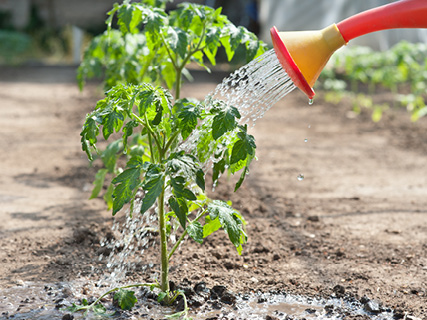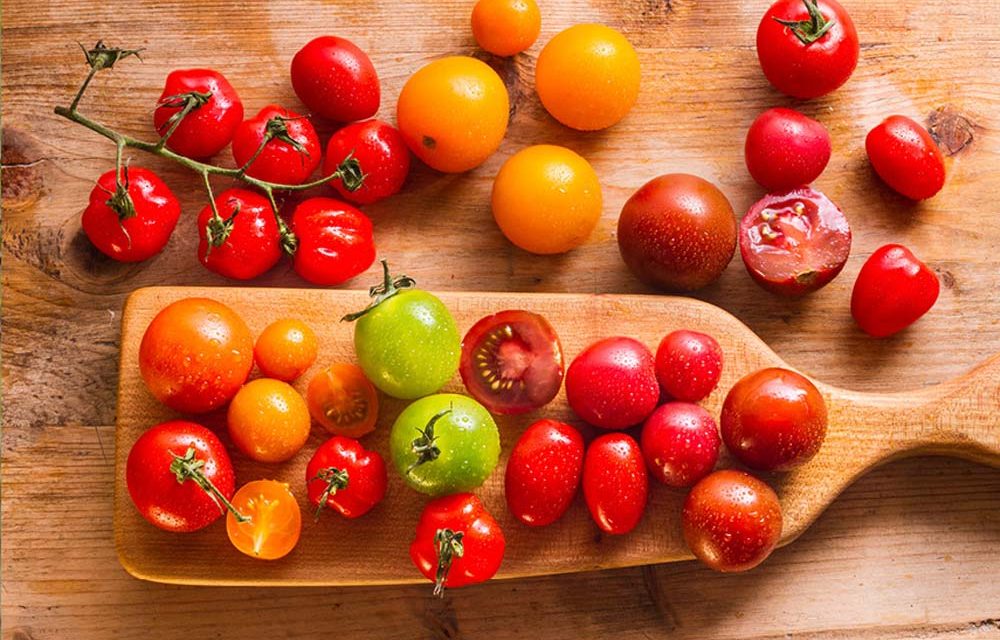Follow these tips for sowing seeds and ensuring the fruits of your labours are bountiful.

- Choose a position where you’ll get at least 10 hours of light. In frost-free areas you can sow most varieties year round, elsewhere sowing is done in spring and summer.
- If you want strong, disease-resistant plants, sow seeds directly into the ground, that way their tap root develops uninhibited by the bottom of the seed tray. In trays, the young seedlings develop side roots, which aren’t as strong. But if you want just a few tomato plants, you can opt for deep pots. Space seeds or seedlings so the mature plants will have enough room between them for air to circulate.
- Before planting, enrich the soil with compost and well-rotted kraal manure. Incorporate potassium-rich fertiliser (2:3:4) but ensure it’s about 30 cm below the roots of a transplanted seedling, otherwise the plant will burn. During the growing season, sprinkle a teaspoon (or recommended amount) of 2:3:4 fertiliser around the plant and water it in well.
- Plant tomato seedlings right up to the first true leaves – new roots will sprout along the buried stem. More roots mean more fruits.
- Proper spacing between plants, good drainage and watering without wetting the leaves will help keep the plant disease-free.
- Being a juicy fruit, tomatoes like plenty of water but also good drainage. Mound up the soil and plant on top of the mound to ensure good drainage and the availability of oxygen to the roots. Insert the stakes early on so you don’t damage the roots.
- Tomatoes are particularly unforgiving if they dry out. Keep the soil consistently moist. If you water them after a dry spell, the fruits expand suddenly and split. Ideally, avoid wetting the leaves altogether, but if you do use a sprinkler system, water in the mornings to give the leaves time to dry out. If they’re wet for long periods of time, the plants are more prone to sporeborne diseases such as blight. An anti-fungal spray every seven to 10 days will help if the weather is persistently rainy.
- While the fruit is developing, prune away non-fruit bearing stems and some of the upper leaves. Scratch compost round the stem to encourage new growth.
- For the best taste, let the fruit ripen completely on the bush. This allows the starches to turn to sugar, which intensifies the flavour. Tomatoes should be stored at room temperature and not in the refrigerator, which affects the taste.
- Next season, plant them somewhere else. To avoid soilborne diseases, alternate your tomato beds.










